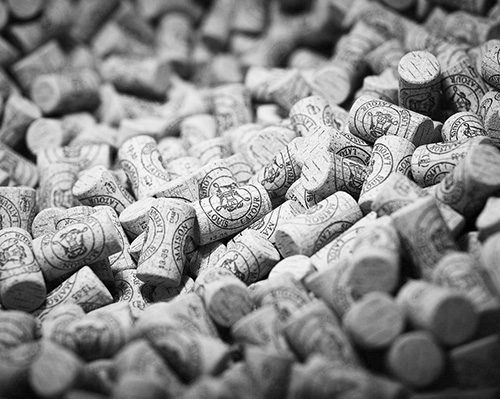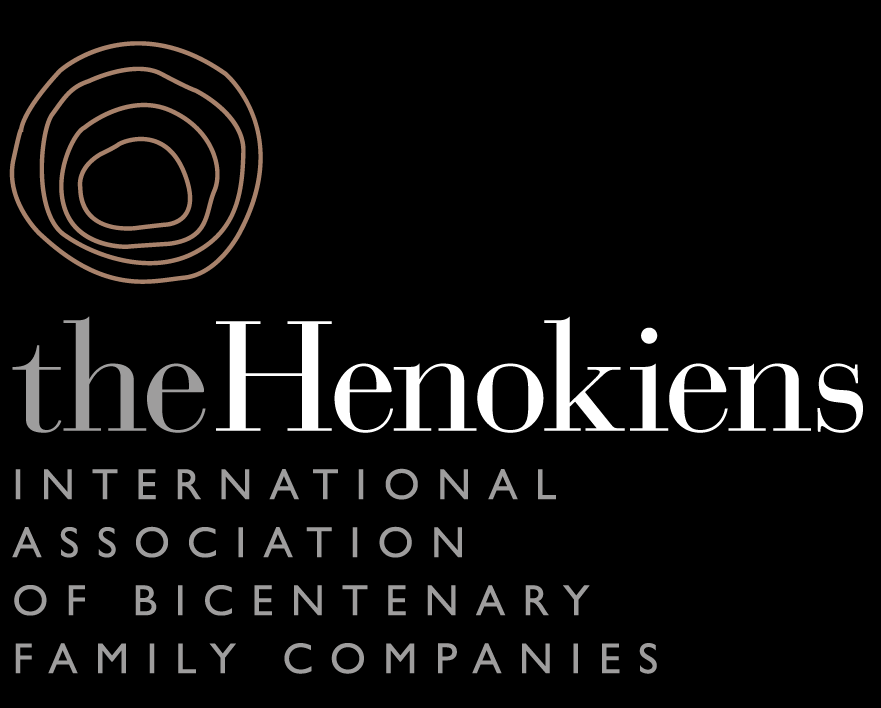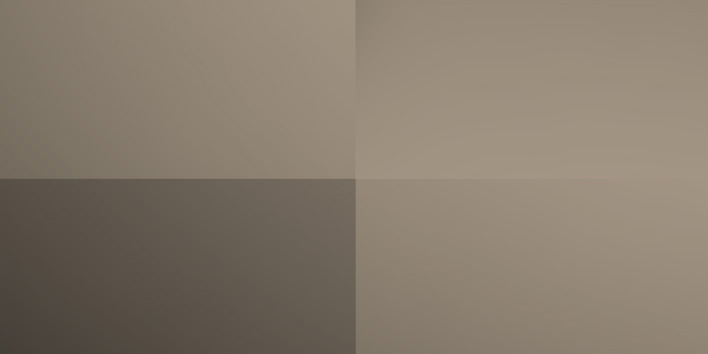Louis Latour
Louis Latour
18, rue des Tonneliers
BP 127
21204 Beaune- France
Tél : +33 (0)3 80 24 81 00
Fax : +33 (0)3 80 24 81 18
E-mail : louislatour@louislatour.com
Internet, news : www.louislatour.com
Louis Latour
18, rue des Tonneliers
BP 127
21204 Beaune- France
Tél : +33 (0)3 80 24 81 00
Fax : +33 (0)3 80 24 81 18
E-mail : louislatour@louislatour.com
Internet, news : www.louislatour.com

Louis Latour today :
Active and enterprising wine-growers, the Latours settled in the village of Aloxe-Corton in 1768, buying up vineyards in this famous appellation and gradually establishing a large Domaine through inheritance. It was in this manner that the Latour family acquired parcels of "Clos de la Vigne au Saint", "Les Chaillots", "Grèves" and "Bressandes" which have now been in the family for more than 270 years.

After the Second World War, with the lowering of customs barriers, the higher standard of living and the increasing demand for fine wines, the wine-growing regions of France flourished. Maison Louis Latour rapidly developed as a strong brand name which acquired international recognition. Since then, the wines of Maison Louis Latour have appeared on the wine lists of memorable occasions, notably during the visits of foreign dignitaries to France.
In the constant search for modernisation and technical progress, the sixth Louis Latour has built modern installations on the outskirts of Beaune and sells his wines, with the famous Louis Latour logo, throughout the world. In addition, he has established subsidiaries in London and New York.
In the same spirit as the wine-makers of the New World, he has in the Ardèche, half way between Burgundy and the Côte d'Azur, planted Chardonnay and built winery installations allowing him to greatly increase the volume of sales of the famous grape variety.

At the same time, he has continued his role as buyer and shipper of a range of red and white wines from the great vineyards of Burgundy.

In his wineries at Beaune, Pommard and Aloxe-Corton, the traditional methods of ageing wines in oak casks are carefully observed.

Currently still run by the family Latour, the beautiful House has all the assets to continue for a very long time a story that began more than 200 years ago.

1731
The Louis Latour family first bought vines in the Cote de Beaune in 1731, with land in some of the top Burgundy vineyards. Cooperage was already at that period a family occupation.
1749
Gabriel Lebault, President of the Parliament in Burgundy builds Château Corton Grancey in Aloxe-Corton.
1768
Jean Latour moves to Aloxe-Corton where he sets up his own cooperage and starts developing a large land holding in this appellation with the acquisitions of Aloxe-Corton ‘Les Chaillots’ ; Corton ‘Les Grèves’ and ‘Bressandes’.
1789
The French Revolution liberated access to vine growing lands and facilitated the launch of new companies.
1797
Creation of Maison Louis Latour.
1815
The Louis Latour wines are exported to Great Britain for the first time. The first Louis Latour signed a buying act for a parcel in Corton at ’La Vigne au Saint’
1830
Construction of the Corton Grancey Cuverie in Aloxe-Corton was started by the Marquis of Cordoue. The site close to the ‘Perrieres’ vineyard had previously been used for storing the harvest and was named ‘’vendangeoir’’. The Cuverie was completed by the Marquis’ son-in-law around 1834.
1860
The Louis Latour Domaine reaches 10 hectares. Wines from Maison Louis Latour are exported internationally, including the United States, Java, Buenos Aires, Bucarest, Bruxelles and London. The Kings of England, Austria and Russia enjoyed the wines.
Up until the end of the 19th Century all the wines are delivered in barrels and later in bottle. Most of the labels were sketched by Mr Louis Latour himself and they have since then had little change.
1867
Maison Louis Latour expands its ownership activities by becoming a negociant and the offices set up in Beaune at the time, 18 rue des Tonneliers, remain at this address. From then on, Louis Latour starts showing a real taste for innovation and will adapt and develop new vinification and sales techniques. Most of the wines will be despatched in bottles as opposed to barrels to preserve freshness and elegance.
Mid 18th Century
Louis Latour is the supplier to Princes and Kings: The Thurn and Taxus family for 160 years, the Court of Bavaria, the King of Wurtemberg, Ferdinand de Saxe-Coburg future king of Bulgary, Princes Radziwill, etc…
1870-1931
Phylloxera, aphids from California arrive and start damaging the vines, destroying nearly all of the vineyards in France and especially Burgundy. When everything seemed lost, Louis Latour decided to join the battle against the disease and started replanting damaged vines while maintaining traditions of the vineyards.
1891
Acquisition by Maison Latour of the Cuverie, the Château de Corton-Grancey and also of 33 hectares of vines which were owned by the family Grancey à Aloxe-Corton amongst which 15 hectares were Grands Crus de Corton.
1891-1900
Aligote grape was mainly destroyed by Phylloxera. It is decided by the fifth Louis Latour that Chardonnay will be planted instead in the vineyards located south of Corton that were previously planted with Aligote and vieux Gamay. This was the start of Corton-Charlemagne! The signature of the fifth Louis Latour is still shown today on our Grand Cru label.
1900
Acquisition of Grand Crus plots amongst the most prestigious in the Cote de Nuits, in appellations such as Romanée-Saint-Vivant and Chambertin; the wines were offered for the first time at the ‘Exposition Universelle de Paris’. During the same period and still on the ‘Cote’, Maison Louis Latour buys a 100 years old oak forest to ensure sufficient wood supply for its cooperage.
1931
Louis-Noël Latour, young agricultural engineer, is amongst those who succeeded in combating Phylloxera when in 1931 he declares that the over-grafting of Pinot Noir on resistant American rootstocks will produce extremely high quality wines.
At the start of the 20th Century
New customers are emerging, luxurious hotels and top restaurants such as the Hotel de Paris in Monte-Carlo, the Beau-Rivage in Geneva or the Ritz in Paris. Louis Latour is rapidly expanding within those unique establishments which will start his international reputation and position Latour as a strong and prestigious brand.
1913
Latour, with another large Burgundian House, makes an equal, joint acquisition of Grand Cru Chevalier-Montrachet ‘Les Demoiselles’. The partition of this purchase was decided by flipping heads or tails, Maison Latour won the toss and so have the more prestigious half, the one adjacent to the wall.
1918-1945
Following the 2nd World War, Maison Louis Latour stops its exportations towards Germany during the Interwar period.
In the 70s
In his quest for modernisation and technical development, Louis Latour builds modern facilities on the outskirt of Beaune, at Clos Chameroy. This production site will see all the different stages of production and expedition of the wines and today also counts the cooperage, the printing business, the cuverie for the whites and bottling and labelling lines.
1979
Maison Louis Latour exports its Burgundian know-how in Ardèche and produces a high quality Chardonnay.
1985
Grand Ardeche’s first vintage.
1986
Launch of our American subsidiary for importation, Louis Latour Inc
1989
Following a resounding success in the Ardeche, Louis Latour plants some Pinot Noir in the Var and establishes the Domaine de Valmoissine.
1990
Launch of our English subsidiary, Louis Latour Ltd in London
1998
The Domaine Latour becomes part of the Farre farms circuit (Forum de l'Agriculture Raisonnée Respectueuse de l'Environnement), a sign of commitment to a sustainable viticulture, using biological methods were possible, and working towards controlled vine growing.
1997
Bicentennial Celebration of Maison Louis Latour who becomes a member of the Henokiens; a group of family owned enterprises, at least bicentennial and still owned by the founding families.
1999
Louis-Fabrice Latour, seventh Louis Latour and eleventh generation is in charge of the House.
Louis-Fabrice wishes to maintain the family tradition while combining modern to the traditional methods already established. The tradition is for each generation to innovate for the generations to come.
2002
Launch of a blend from the Ardeche of Chardonnay and Viognier: the Duet. This is a unique wine produced by joining the last of the ripening Chardonnay with first Viognier. They are brought together before pressing, and then the blended juice is vinified using traditional methods.
2003
International ISO 14001 Environmental Certification: this officialises our capacity to master all consequences of our wine producing activities against the environment following demanding criteria’s with complete traceability.
Acquisition of Maison Simonnet-Febvre in Chablis, specialist of ‘vins de Chablis’ and well known for producing Cremant de Bourgogne and also wines from the Yonne region.
2008
Acquisition of a superb estate of over 70 hectares in the different Beaujolais Crus.
2011-2012
Renovation of our historical Cuverie in Aloxe-Corton
2013-2014
Renovation of Château Corton-Grancey in Aloxe-Corton
2023
Florent Latour continues the eleventh generation of the founding line and, following his brother's foodsteeps, takes over the management of the House.
Florent works in close collaboration with the family shareholders, the Management Board, and the employees whose dedication and loyalty make Maison Latour so special. In keeping with tradition, Florent runs the company while preparing the younger generation of Latour's, the 12th, to take over.

